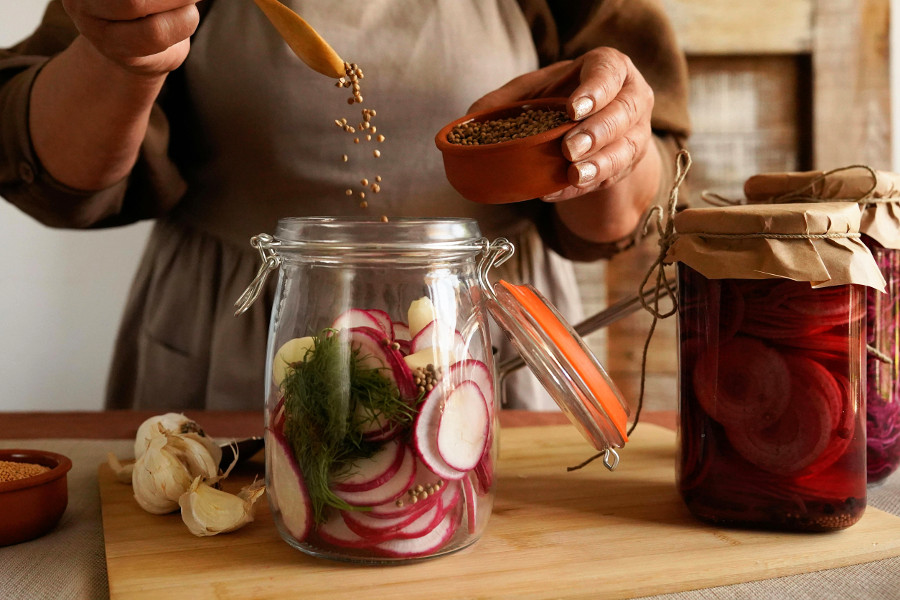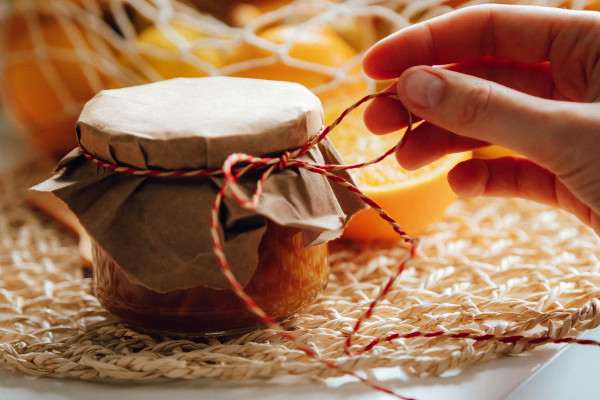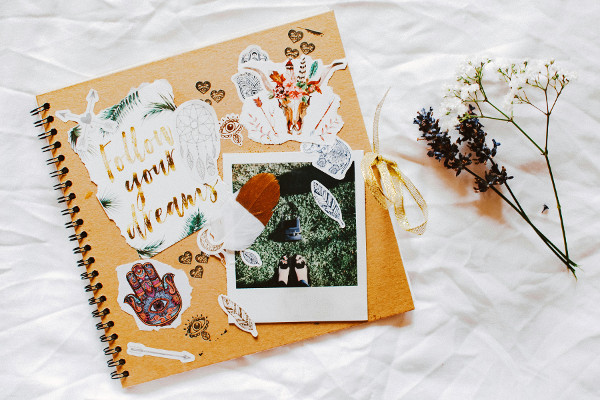Complete Guide to Canning Food for Beginners: Tips, Supplies, Techniques and Kitchen Gear
Canning is a rewarding and practical skill for preserving fresh food and enjoying seasonal flavors all year round. If you're a beginner, the process can feel overwhelming, but with the right tools, techniques, and knowledge, it becomes an enjoyable and empowering activity. Whether you're interested in preserving fruits, making jams, or pickling vegetables, understanding the basics of canning is key to success. In this guide, we answer the top 15 most frequently asked questions about canning, offering helpful insights and tips to get you started on your canning journey with confidence.

What is canning and why is it important for beginners?
Canning is essentially a way to preserve food by sealing it in jars, making it last longer without refrigeration. For beginners, it’s a game-changer, offering a simple and cost-effective method of storing fresh produce from the garden or local markets. You’re able to enjoy seasonal fruits and vegetables year-round, and it's a way to cut down on waste, all while knowing exactly what’s in your food. It also brings you back to basics, connecting you with food in its purest, most sustainable form.
How do I get started with canning at home?
Starting with canning doesn’t have to be overwhelming. First, equip yourself with basic tools – mason jars, lids, a big pot, and a jar lifter. Then, pick a simple recipe, like making strawberry jam or pickling cucumbers. There are plenty of tutorials out there that break the process down step by step, which is the best way to learn. It’s all about patience and following directions. With a little practice, you’ll be amazed at how easy and fun it becomes to preserve food at home.
If you are looking for inspiration about canning ideas check out the bigger recipe sites online. Here are a few starting points:
- All Recipes
- Epicurious
- Food Network
- Food.com
- MyRecipes
What supplies do I need to start canning?
The essentials for canning are pretty straightforward: mason jars with lids and rings, a large pot or canning kettle, a jar lifter to handle hot jars, a funnel for easy pouring, and a non-reactive pot for cooking. If you plan on preserving low-acid foods, like meats, you’ll also need a pressure canner. But for beginners, a basic setup for high-acid foods like fruits or jams is enough to start. These tools help ensure the process is smooth and safe for both you and your food.
How do I properly sterilize jars for canning?
Sterilizing jars is a crucial step to prevent contamination. First, wash your jars with hot, soapy water, then place them in a boiling pot of water for about 10 minutes. Alternatively, you can sterilize jars in an oven at 200°F for 10-15 minutes. The key is to make sure they’re clean and free from bacteria before filling them with food. Once done, remove them with tongs and fill while still warm to avoid cracking. This simple step ensures your food stays sealed and safe for long-term storage.
How long does it take to can food at home?
The time it takes to can food can vary depending on what you’re making. Water bath canning usually takes around 30 minutes to an hour, while pressure canning can take longer – sometimes up to 3 hours. You also need to factor in prep time for chopping, cooking, and gathering your ingredients. The whole process might seem like a big commitment, but the results are well worth it. You’ll quickly get the hang of timing and can work through recipes faster with each batch.
What types of foods are best for beginners to can?
As a beginner, it's best to start with high-acid foods like fruits, tomatoes, jams, and pickles. These foods are more forgiving and are safe to process using the water bath method. Low-acid foods, like meats and vegetables, require a pressure canner to ensure they reach the proper temperature to kill harmful bacteria. Once you're comfortable with the basics, you can try more complex recipes, but starting simple will help build your confidence and understanding of the canning process.

How do I know if a canned jar is sealed properly?
A properly sealed jar has a lid that’s concave, or slightly indented, in the center. If you press down on it and it doesn't pop back up, it’s sealed. After the jars cool, check them by gently pressing on the lid. If it’s firm and doesn’t move, you’re good to go. If the lid pops up or feels soft, the jar hasn’t sealed, and you’ll need to refrigerate it and either use it quickly or reprocess it. A good seal is essential for food safety and long-term storage.
Can I can foods without a pressure canner?
Yes, you can can certain foods without a pressure canner, but only those that are high in acid, such as fruits, tomatoes, and jams. Water bath canning works perfectly for these items. However, when canning low-acid foods, such as vegetables or meats, a pressure canner is a must. This high-pressure method reaches higher temperatures, killing harmful bacteria and ensuring the food is safe for long-term storage. So, stick to high-acid foods if you're just starting out without a pressure canner.
What is the difference between water bath canning and pressure canning?
The difference lies in how the food is processed. Water bath canning uses boiling water to preserve high-acid foods like fruits and pickles. The jars are submerged in hot water, and the heat is enough to seal them. Pressure canning, on the other hand, uses steam under high pressure to preserve low-acid foods like vegetables and meats. The high temperature achieved in a pressure canner is necessary to destroy harmful bacteria, ensuring that low-acid foods are safe to eat after canning.
How long do home-canned foods last on the shelf?
Home-canned goods typically last about 1 to 2 years if stored in a cool, dry, and dark place. High-acid foods like fruits and tomatoes tend to last longer than low-acid ones. However, it’s always wise to inspect the jars before using them – look for signs of spoilage, like a bulging lid, a foul smell, or mold. While your jars might be good past the 1-2 year mark, their flavor and texture could start to degrade over time.
Is canning safe for beginners, or should I be concerned about botulism?
Canning can be safe for beginners as long as you follow proper guidelines. Botulism is a real concern, particularly with low-acid foods, but it’s easily avoided by using the right methods. Stick to reputable, tested recipes and always use a pressure canner for low-acid foods. By following these safety precautions, you minimize the risk of contamination. For beginners, starting with high-acid foods is a smart way to ensure success and avoid any major safety concerns.

Can I reuse canning lids for multiple batches?
It’s important not to reuse canning lids. After they’ve been sealed once, the sealing compound on the lid may no longer function properly, risking contamination or spoilage. You can reuse the metal rings that hold the lids in place, but the lids themselves should always be replaced. This ensures that each batch is sealed tightly and stays safe for long-term storage. Reusing lids is a shortcut you should avoid for the best results.
How do I store my home-canned goods after processing?
After canning, store your jars in a cool, dark, and dry place. The ideal temperature range is 50-70°F. A pantry or cellar works well, but anywhere away from direct sunlight or heat sources is perfect. Avoid fluctuating temperatures, as that can cause jars to lose their seal or spoil. It’s also a good idea to label your jars with the date and contents so you can rotate through them and use them before they lose quality.
How do I handle jars that didn’t seal properly?
If a jar doesn’t seal properly, check the lid to make sure it’s flat. If it isn’t, you can either refrigerate the jar and eat it within a few days or reprocess it. Just remove the lid, check for spoilage, clean the jar and lid, and start the canning process again. If the jar still doesn’t seal after reprocessing, discard it to avoid any health risks. A good seal is crucial for preserving your food safely.
What are some common mistakes beginners make when canning and how can I avoid them?
One of the most common mistakes is using the wrong method for different types of food – water bath canning for low-acid foods or not sterilizing jars properly. To avoid these, always follow a tested recipe and make sure you're using the correct technique. Take the time to measure, sterilize, and seal your jars carefully. With a little attention to detail, you can avoid these mistakes and make canning a smooth, enjoyable process.
You can meet fellow canning enthusiasts on related Youtube channels, Facebook groups and forum. Reddit has its owner r/canning subreddit where you can ask for help and exchange ideas.
Good luck with your adventures in canning.



